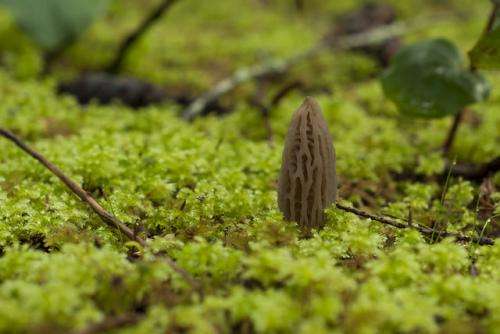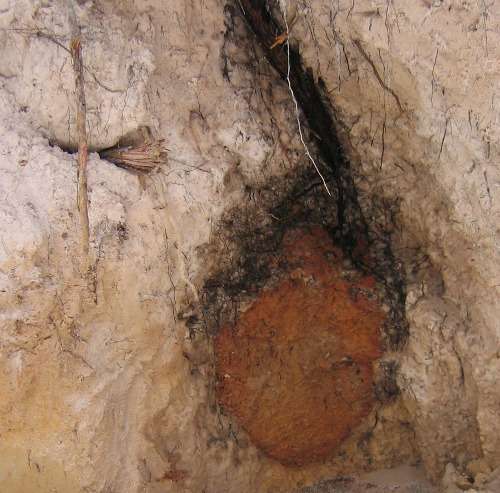Plants found to alter soil types

Exciting research has revealed some plants have the ability to alter soil types, suggesting opportunities may exist to re-engineer WA's hostile soils to better suit agricultural purposes.
The study is at odds with previous scientific research advocating that vegetation occurs in certain environments only as a direct result of soil type.
The research is based on the finding that certain plants have the ability to alter a soil type by mining elements and hydraulically lifting them to sites in the soil profile where microbes assemble them into new minerals.
The study was co-authored by UWA adjunct senior lecturer and Department of Agriculture and Food soil scientist William Verboom, together with botantist professor John Pate.
Dr Verboom says scientists around the world now needed to rethink how soils were formed and the impact that certain vegetation has on soil type formation.
"Our research suggests that certain Mallee species take control of their environment by engineering a soil structure that helps them to command key resources such as water and nutrients," he says.
"This ensures long-term survival of the species as well as ecosystem stability at a broader level."
The research outlines how Mallee trees absorb topsoil water during winter with their upper lateral roots and then pump this water down through taproots to depth.

"In summer the plants allow the dry upper soil to pull water up from these deep stores," Dr Verboom says.
Contained in this stream are common mineral elements such aluminum and iron sourced from the lower layer.
Dr Verboom says through this process of hydraulic redistribution, soils and their structures are altered over hundreds, rather than millions of years.
However, he says not all plants appear to have this engineering ability.
"We have a few examples that we are certain of, such as some Mallee, Morel and the Banksia species," he says.
"In fact, we now also think that WA's high grade bauxite deposits have also been made by certain Banksia species."
Dr Verboom says once they understand the bioengineering mechanisms they may be able to trigger the soil modifying genes and fast track the process of altering the soil to better suit productive agriculture.
"We might even be able to circumvent plants in some cases and use the microbes as the sole engineering agents."
More information: William H. Verboom, John S. Pate, "An integrated approach to mapping and understanding of vegetation: soil systems," CATENA, Volume 126, March 2015, Pages 134-145, ISSN 0341-8162, DOI: 10.1016/j.catena.2014.11.007.
Provided by Science Network WA



















